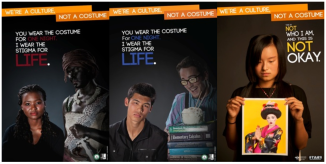Reality television, often frowned upon or seen as a “guilty pleasure”, has become without a shadow of a doubt one of the most talked about genres of television today. Not only is it controversial, topical and solely entertainment focused, but it also has many sub-divisions unlike other genres. There is reality television that follow every-day lives of (often socialites) people (i.e. The Only Way Is Essex and Keeping Up With the Kardashians) and other shows where they are an amalgamative mix of part game show, part real life (i.e. The Amazing Race, Hunted). There is a sense of competition in these types of shows. Of its own kind, are the Big Brother types of shows where b-list celebrities (likely from other reality TV series’) are under one household with an end goal in mind to win-this includes I’m A Celebrity Get Me Out of Here. Similar are shows like MTV’s Real World and Geordie Shore where it is hidden camera reality.

Gary Beadle, often referred to as ‘Gaz’ gets candid with the confession cam on Geordie Shore
Unabashedly, my favorite television to watch is Reality. Reality television by definition consists of programs featuring real life, ordinary people who are consistently filmed with the sole intent to entertain audiences instead of inform them. So often, as aforementioned, people express that reality tv is there “guilty” pleasure as if it is something to be ashamed of; however, at the end of a long day, it’s not surprising that most people would rather relax and watch an easy, light, not going to rack your brain type of show on in the background. No one will debate that it is informative or encourages any form of conversation, but it’s fun and is often used as an escape.
Reality television pushes boundaries constantly feeding the audience while maintaining their interest. And, at the end of the day, who doesn’t want to know how the Kardashians reacted to their father’s sex change? Whether the narrative is pre-meditated or not, reality tv follows modern day people which introduces audiences to see from a novel perspective what is happening in society. With Bruce Jenner’s transitioning it broadened audience awareness, interest and understanding. Sure, some people won’t want to watch and that’s fair enough. However, reality TV allows offers an escape different to any other genre of television.

Kylie Jenner sits with newly transitioned Caitlyn Jenner on Keeping Up With the Kardashians
Another aspect of reality television that I enjoy is that the audience isn’t watching fictional characters, scripted or not, they exist as their own person which makes a world of difference.
People have always asked me why I don’t like movies (or why I prefer TV more-so than film) and that is because in television, yes, typically the cast is still made up of a writer’s imagination, but they last longer. A film, you don’t get to know a character beyond 1.5-2 hours of film. You don’t get to see how this character would react to any other situation apart from the ones present in that film. To watch the cast of Friends grow over ten seasons meant that they existed more “tangibly”; they still weren’t real, but audience saw them in multiple situations almost making them real.
With reality television, the fact that these cast members are actually real-life people, their characters are their personality, how they react in situations actually, tangibly exists in the world and that is a completely unique and incredible thing to watch. Reality Television is like being at a coffee shop and eavesdropping, it has a negative connotation, but who can really say that they aren’t at least a minute amount curious about the lives of other people.
Of course, it is evident, especially with the uproar of this current season of The X Factor, that there is a sense of heightened and exaggerated reality. The manipulation of reality stars’ behavior being enhanced through scripts and or editing is coined simply, “enhanced reality”. In some shows there is a script, in others personalities are coached to enhance their usual behavior. Some people could argue then that it isn’t really reality, but the major factor of reality television, as stated prior, is this: the characters exist all in real form. Therefore, scripted or not it still constitutes as reality TV.
Nonetheless, reality television shouldn’t be frowned upon infamously for lacking information or depth because it never once claimed to be anything other than real-life people doing real-life things.


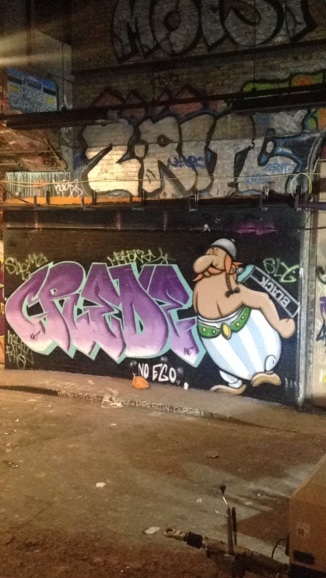

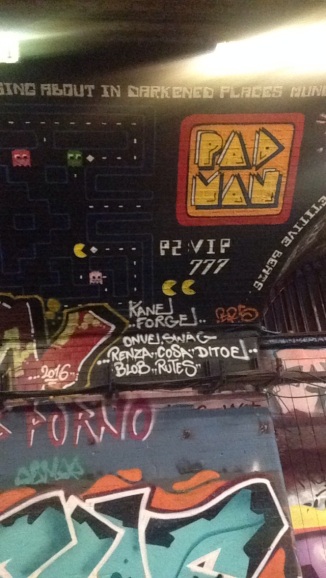
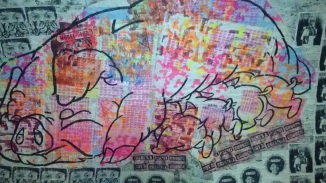

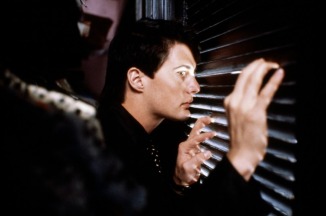



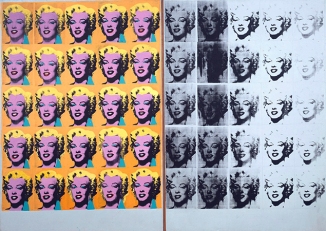
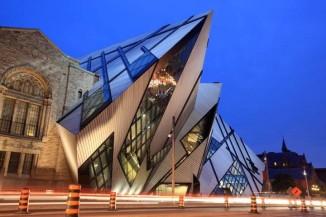








 This film is a Hollywood remake of a well-known and globally popular franchise of the same name. The sci-fi series focuses on central themes including sociological issues, the consequences of technological advances and themes on the nature of consciousness and identity. These themes are explored within the franchise by following the protagonist, a cyborg anti-cyber terrorist named Makoto Kusanagi and events in her life. This remake has become a topic of controversy in terms of race representation due to casting of the protagonist being American actress Scarlett Johansson rather than an actress of Asian descent. This decision has seen severe backlash within the western community, many see ‘Ghost in the Shell’ as a ‘pillar’ within Asian media, especially for the growing popularity for anime and manga outside Asian culture.
This film is a Hollywood remake of a well-known and globally popular franchise of the same name. The sci-fi series focuses on central themes including sociological issues, the consequences of technological advances and themes on the nature of consciousness and identity. These themes are explored within the franchise by following the protagonist, a cyborg anti-cyber terrorist named Makoto Kusanagi and events in her life. This remake has become a topic of controversy in terms of race representation due to casting of the protagonist being American actress Scarlett Johansson rather than an actress of Asian descent. This decision has seen severe backlash within the western community, many see ‘Ghost in the Shell’ as a ‘pillar’ within Asian media, especially for the growing popularity for anime and manga outside Asian culture. Looking into this example it can be seen that whilst media has developed away from stereotyping other cultures in a negative way such as with orientalism there is still a concern within western audiences that Hollywood still ‘whitewashes’ film adaptations of foreign franchises. While Rupert Sanders live action ‘Ghost in the Shell’ may potentially be ‘whitewashing’ the cast there is evidence within the trailers that the main narrative hasn’t been severally altered away from its source.
Looking into this example it can be seen that whilst media has developed away from stereotyping other cultures in a negative way such as with orientalism there is still a concern within western audiences that Hollywood still ‘whitewashes’ film adaptations of foreign franchises. While Rupert Sanders live action ‘Ghost in the Shell’ may potentially be ‘whitewashing’ the cast there is evidence within the trailers that the main narrative hasn’t been severally altered away from its source.

